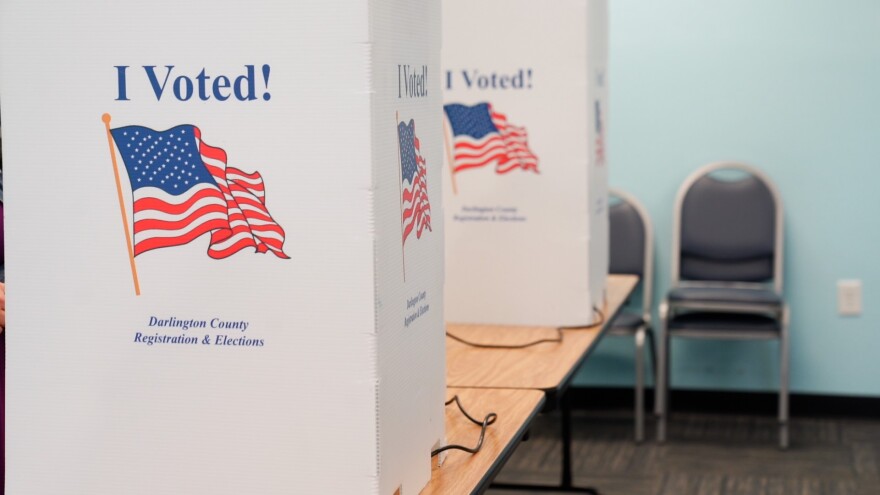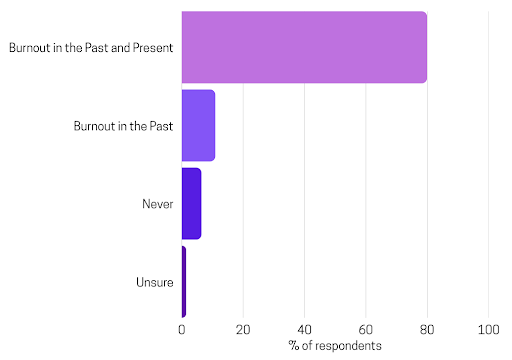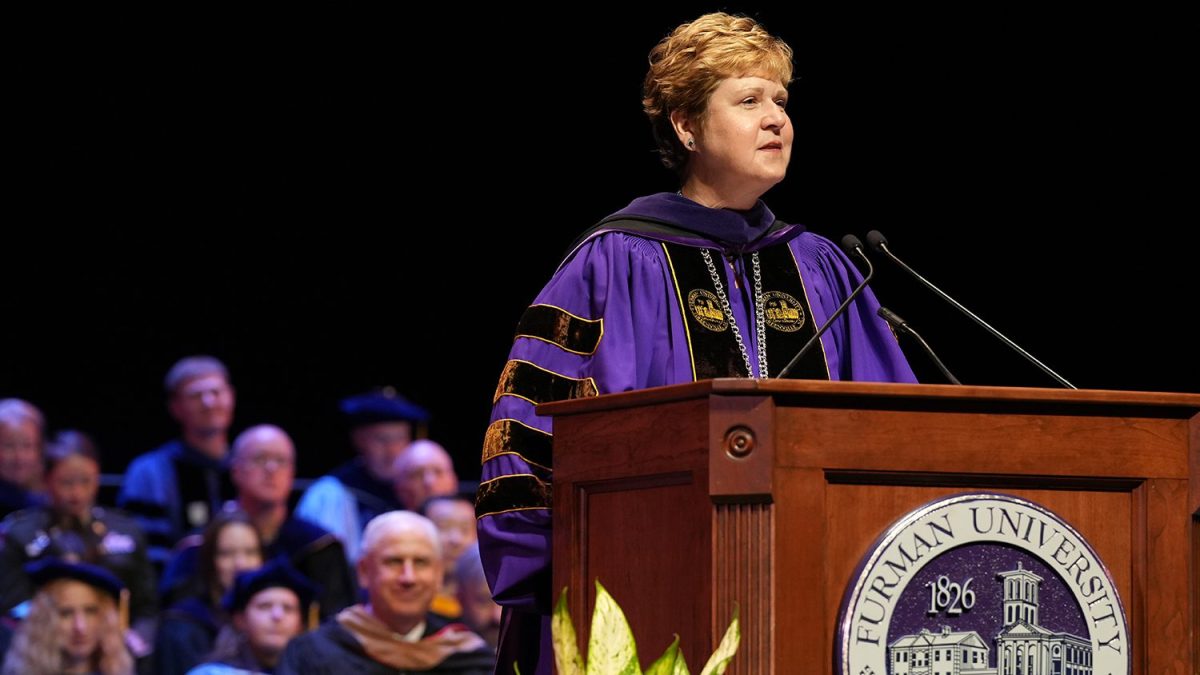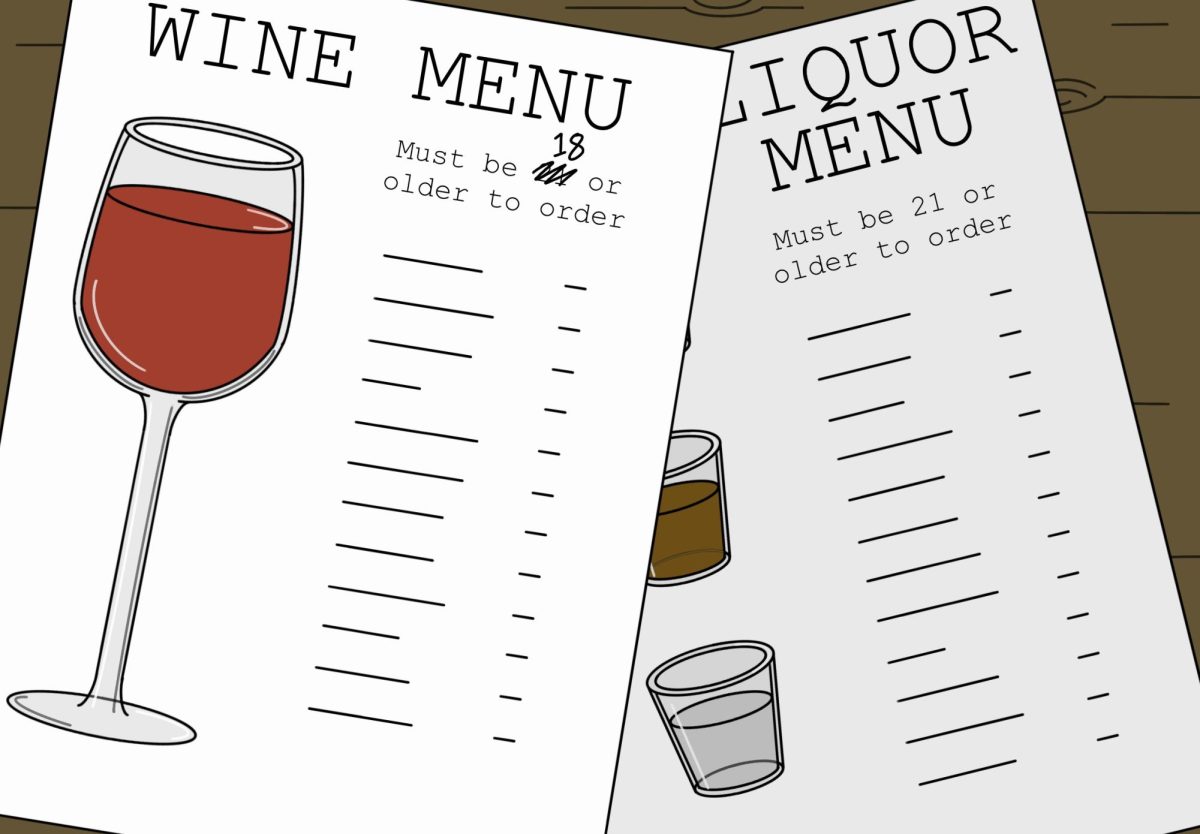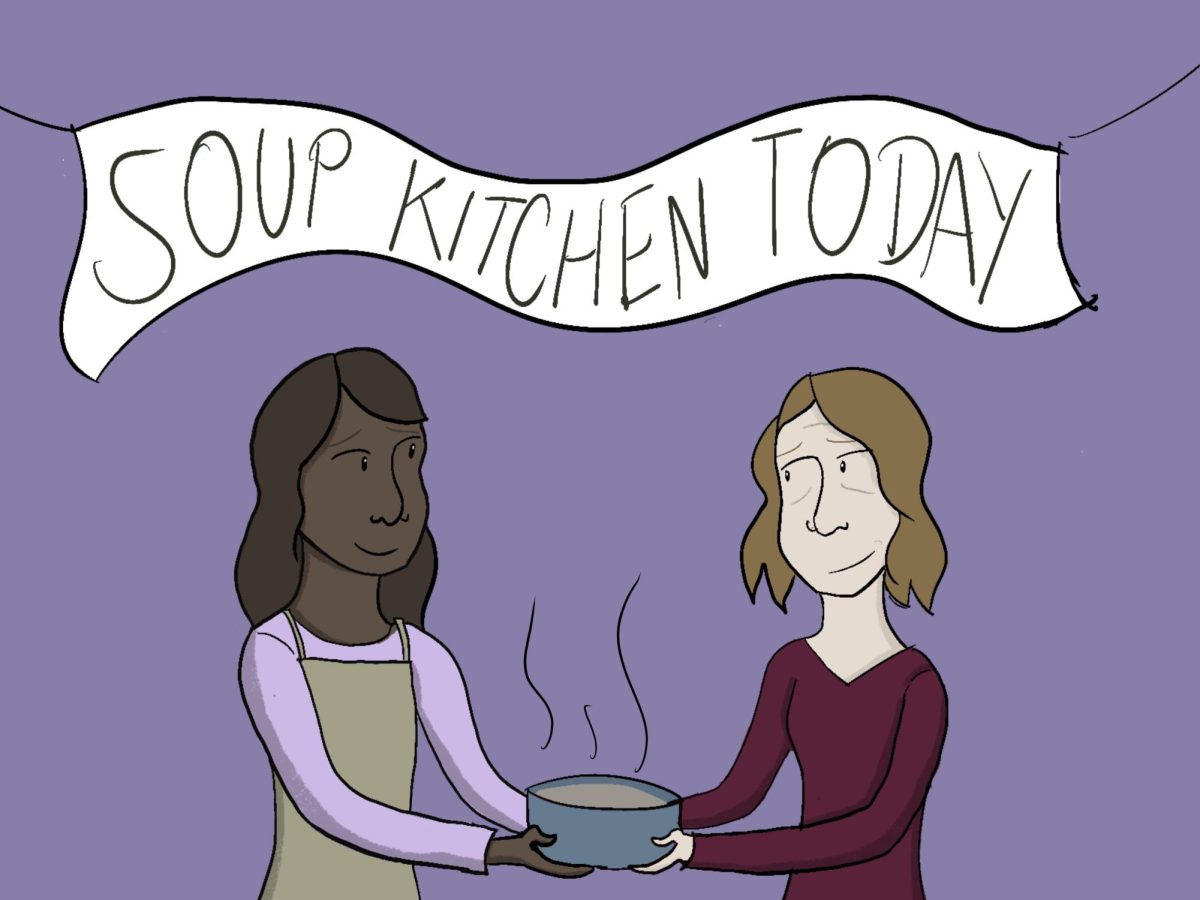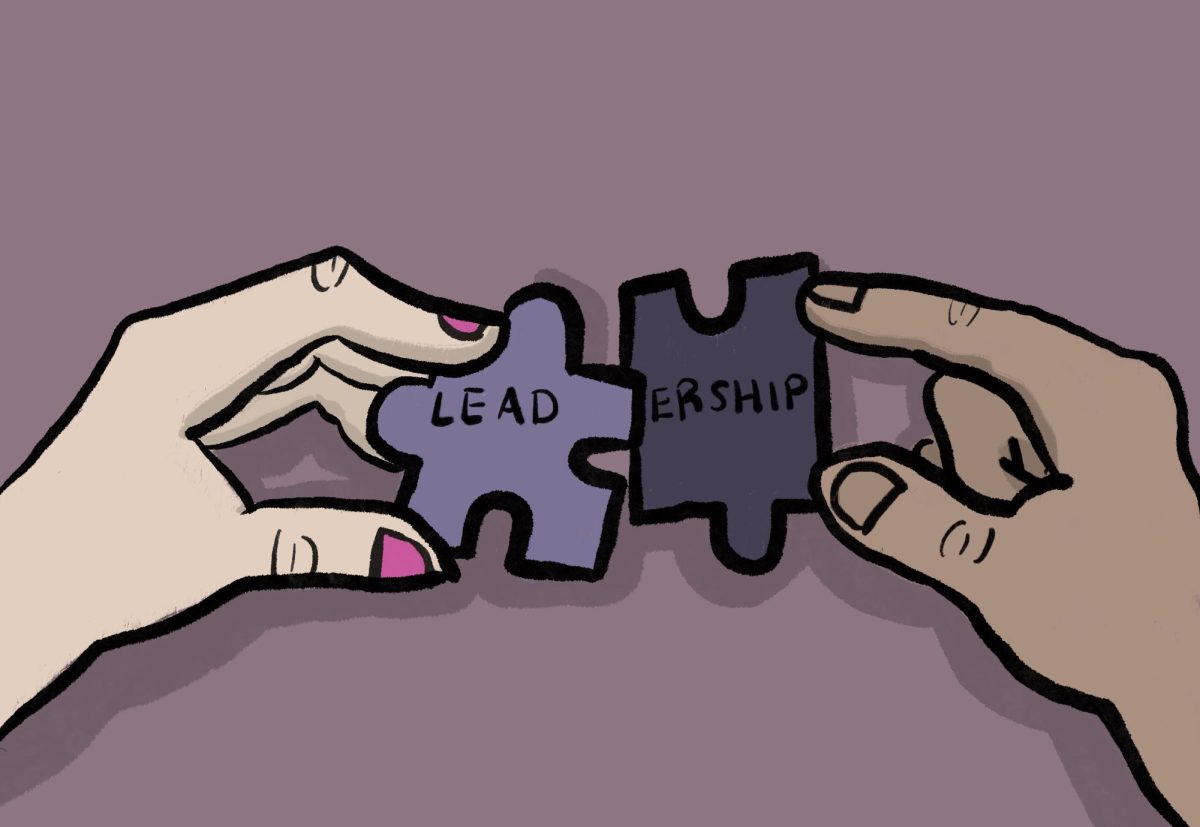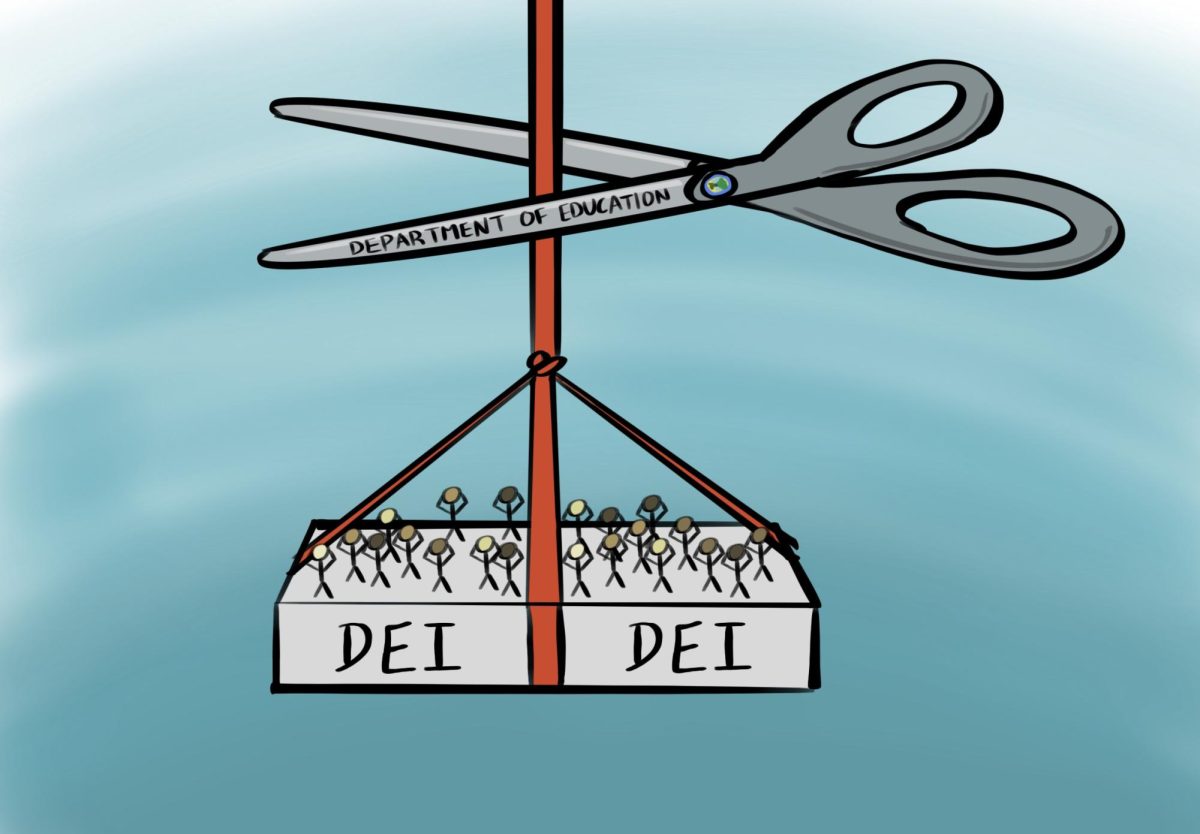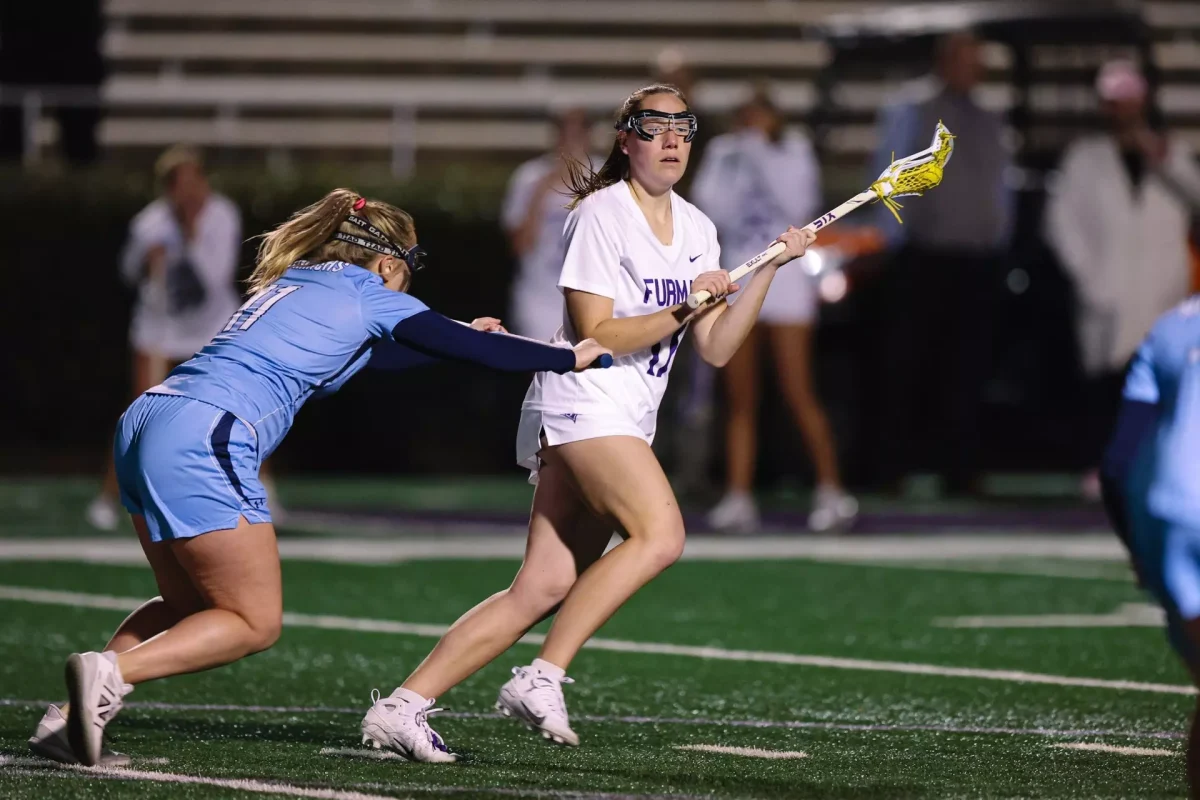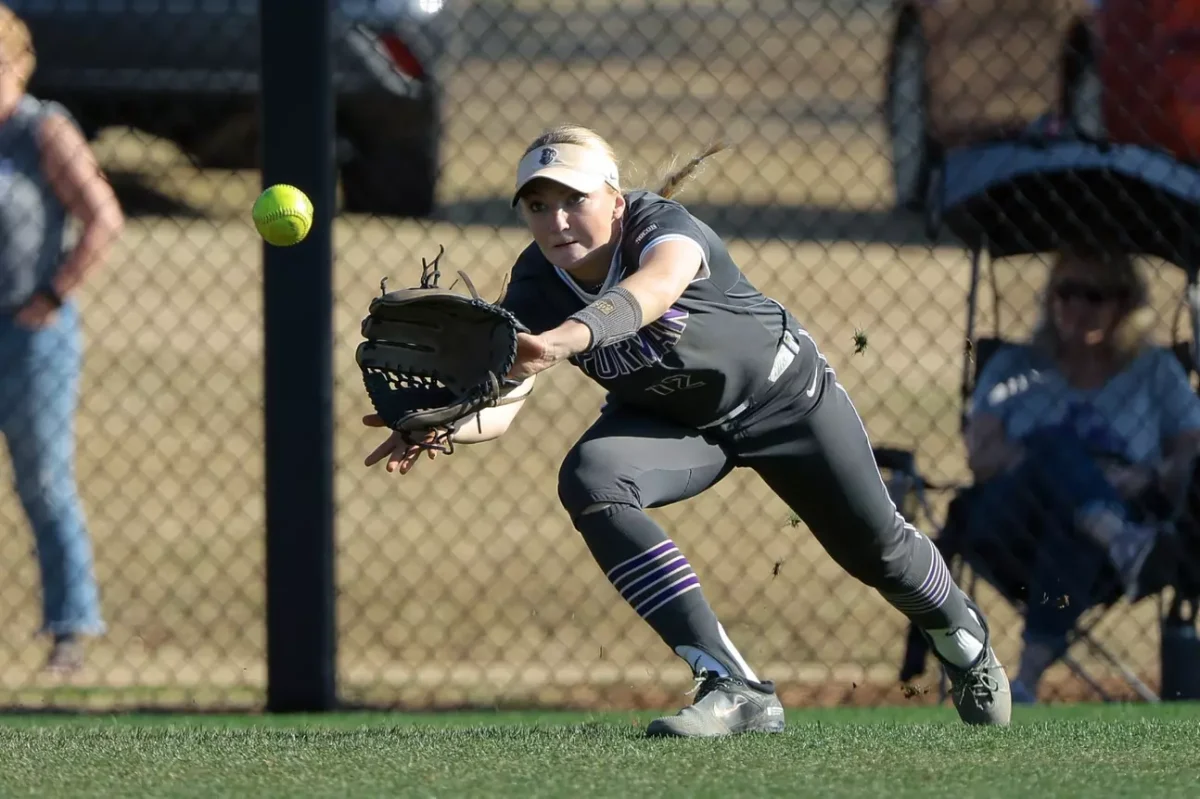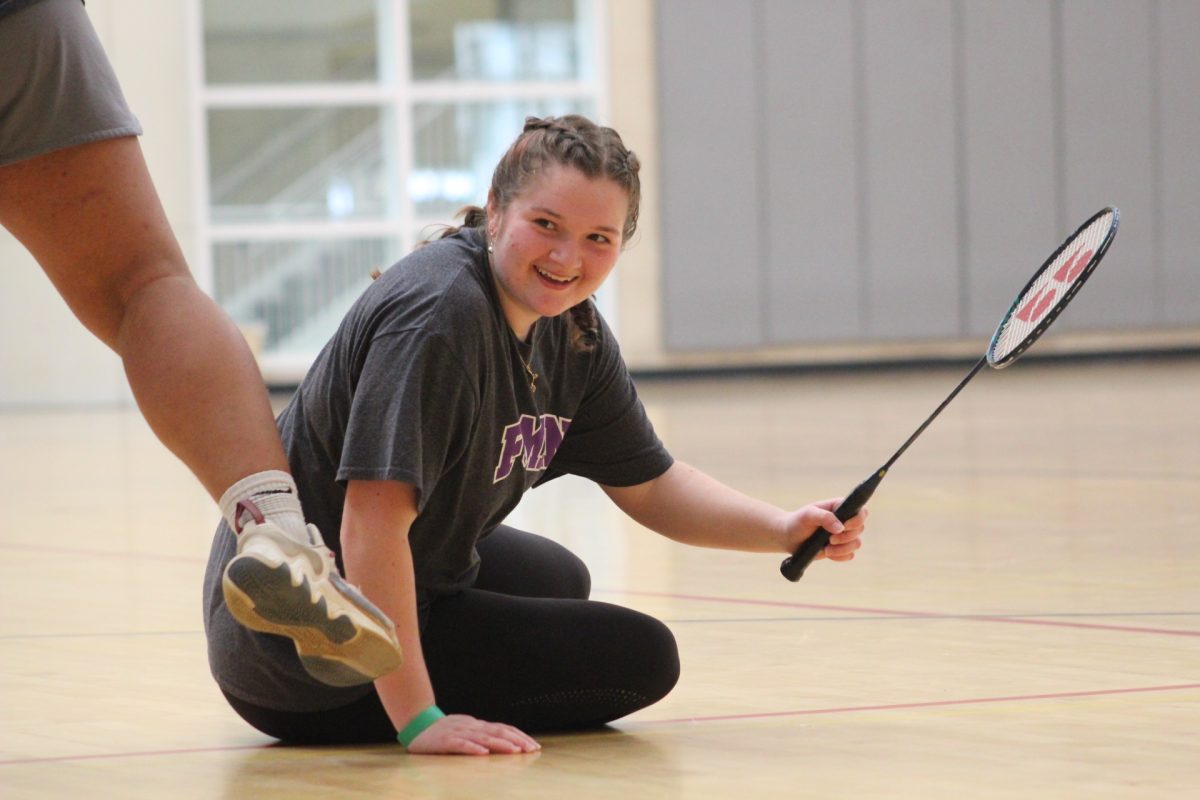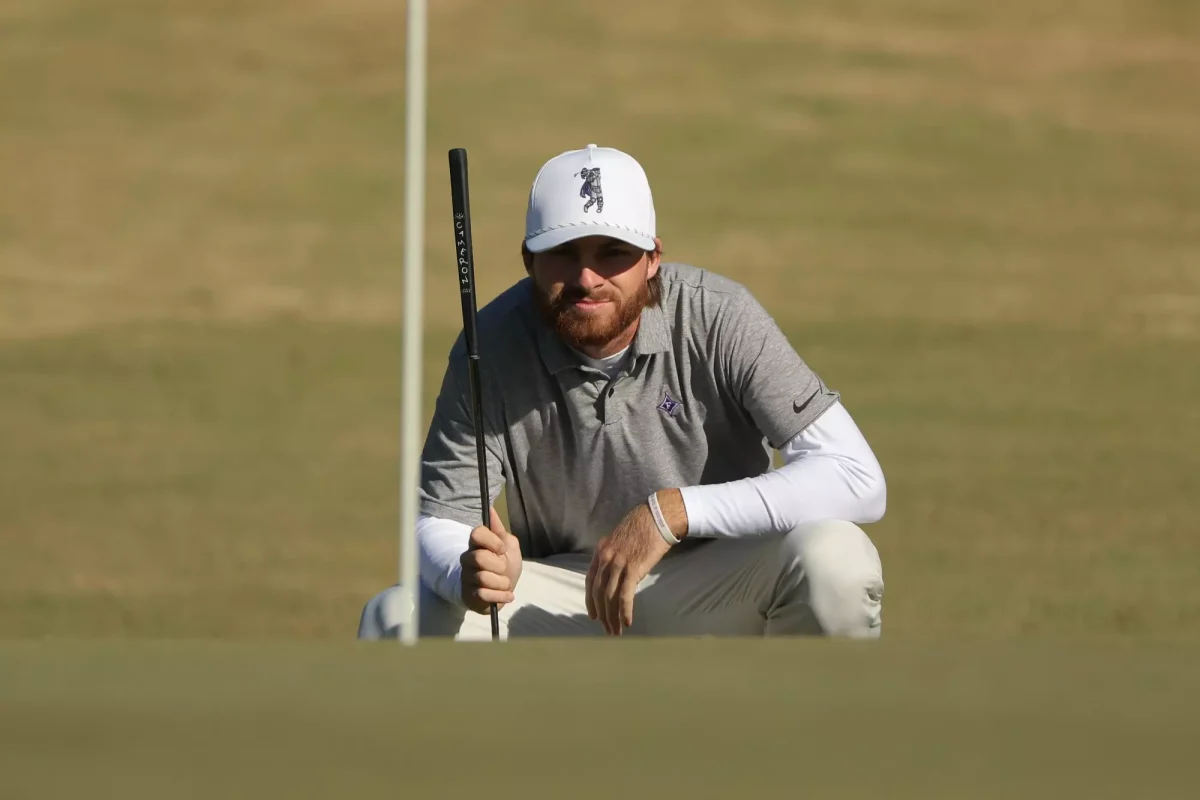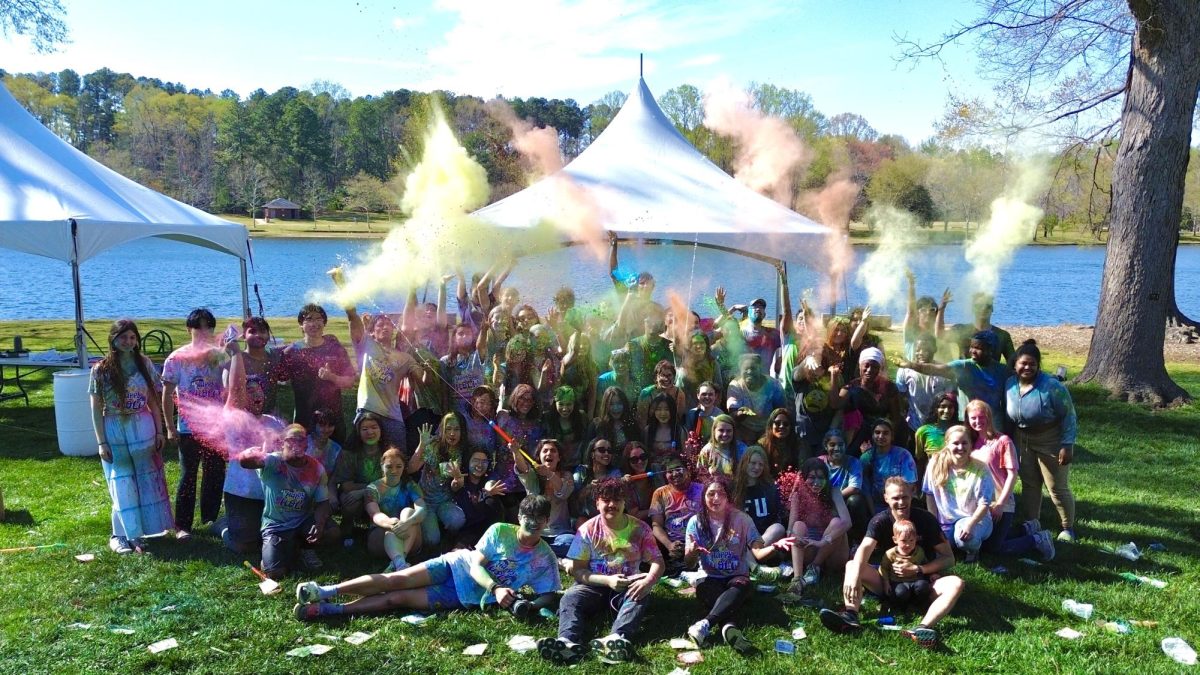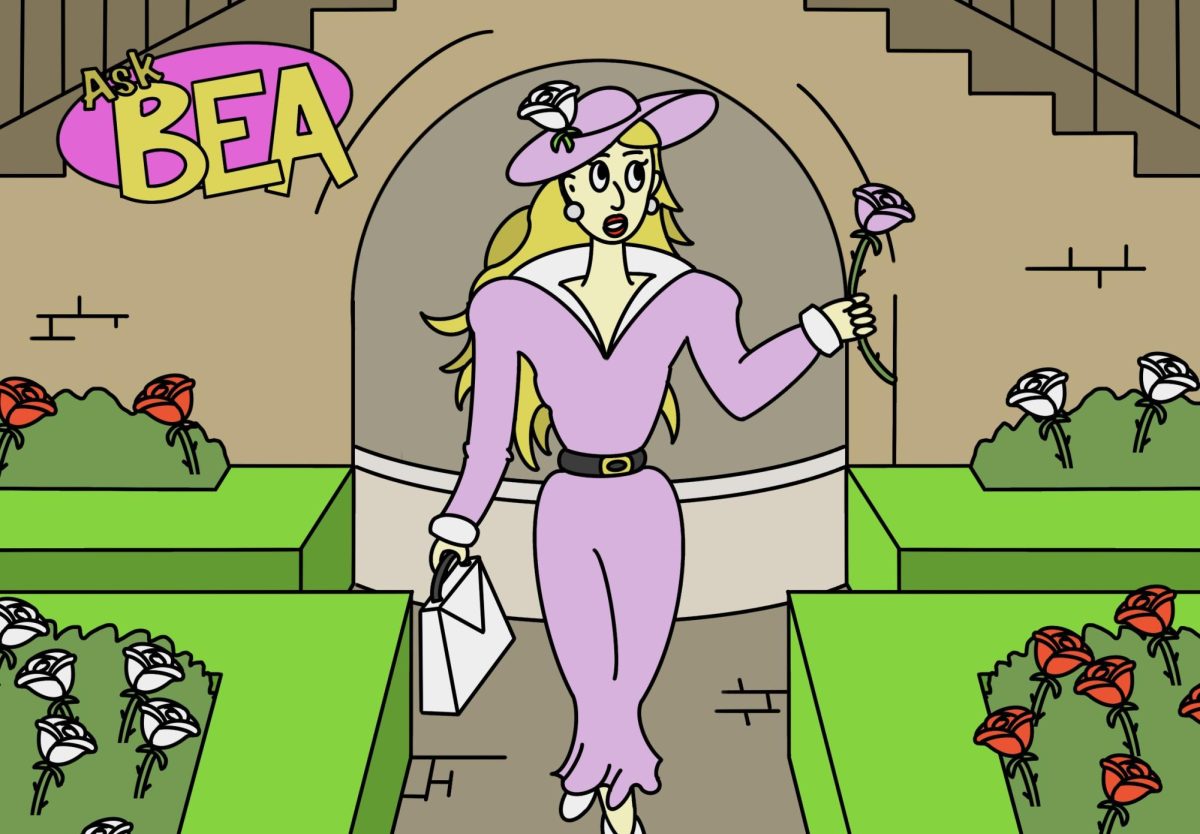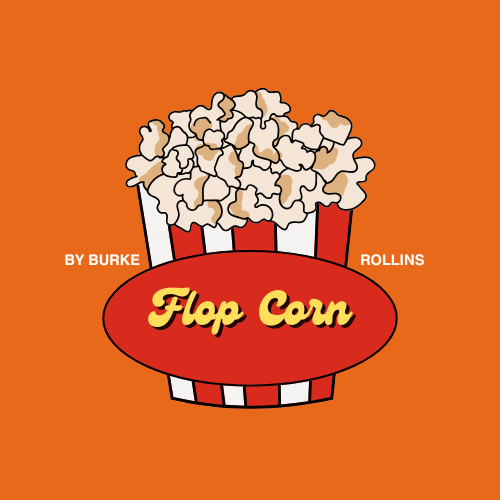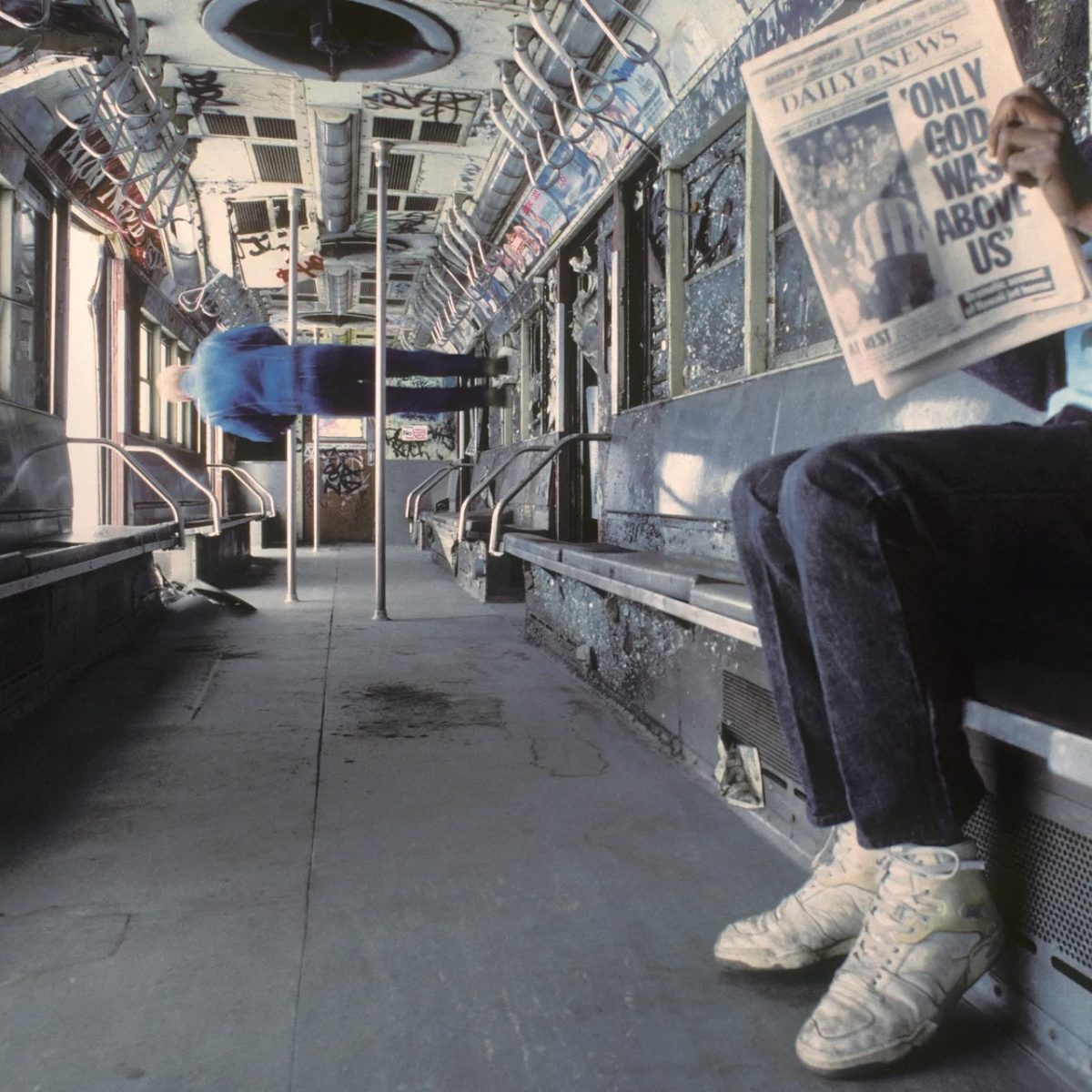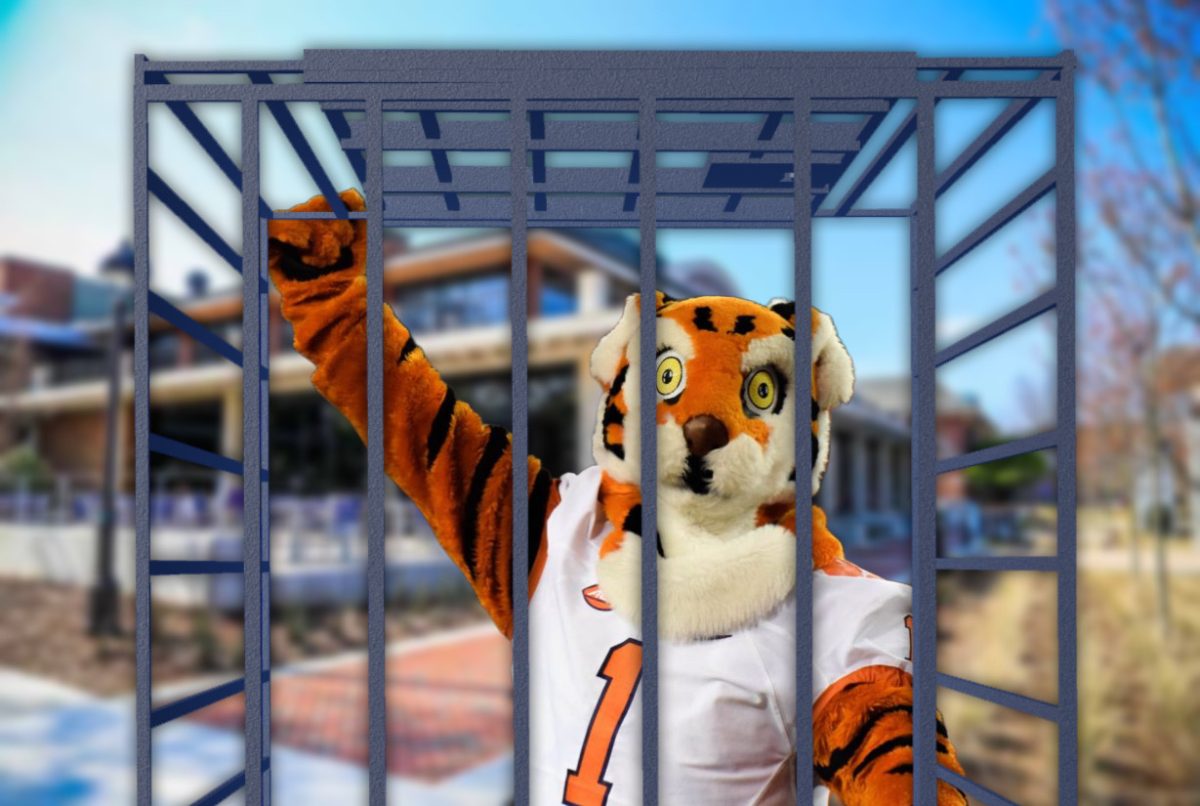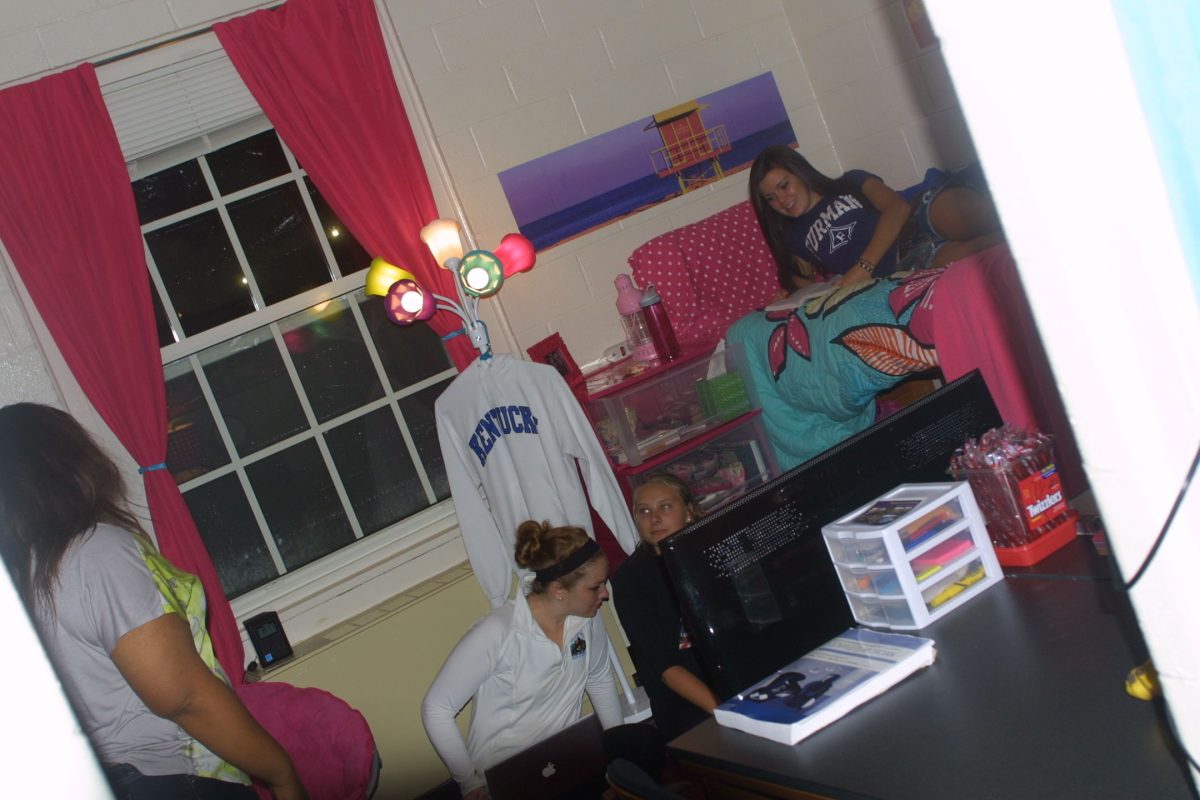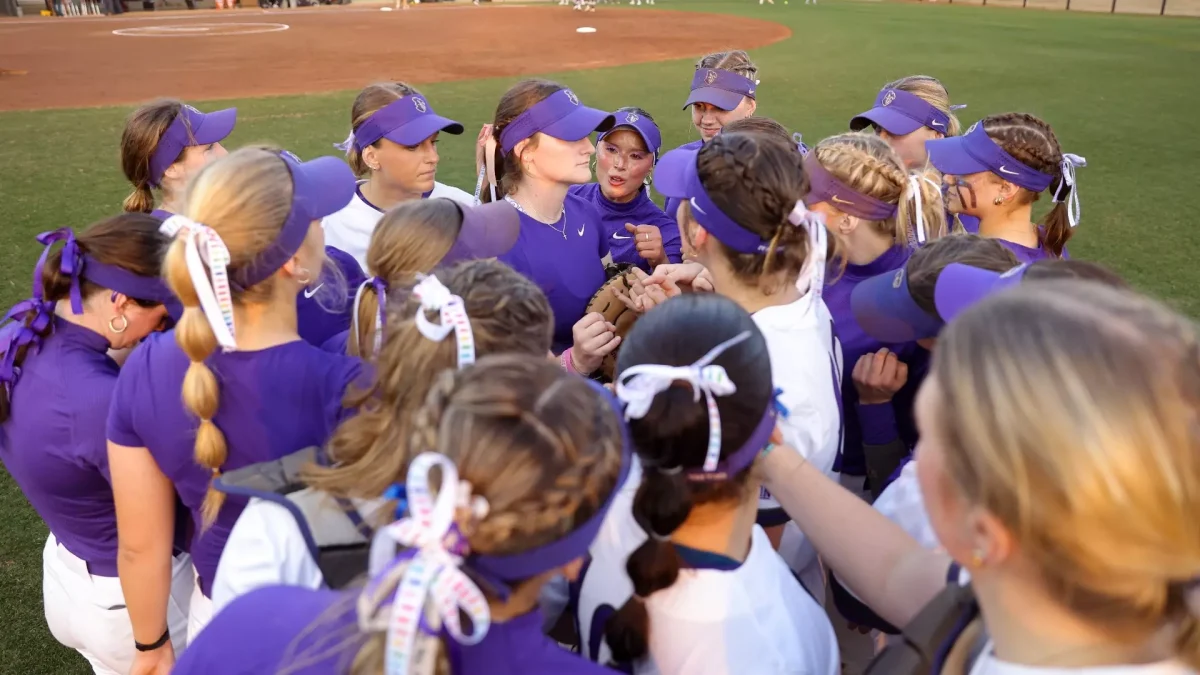With a new hockey season in full swing, Montreal is leading the league with 27 points as of the Nov. 11. Dallas and New York are not far behind, putting up 24 points each in the standings.
Although the National Hockey League (NHL) is being prudent, the NHL is experimenting with two new rules and beginning to discuss future changes to the game.
This season, the NHL’s Board of Governors approved the coach’s challenge. It is a very limited version of what is currently in place in the National Football League (NFL). According to the NHL, a coach is only able to call a challenge under two circumstances: if an offside play leads to a goal or if there is goaltender interference on a goal.
Therefore, other penalties or questionable goals that involve circumstances other than goaltender interference or offside cannot be challenged. Similar to the NFL, a challenge can only be made if a team has a timeout available, and the timeout will be lost if the challenge is not accepted.
According to NHL.com, of the 32 goals that have been challenged since Nov. 9, 11 have been overturned. Clearly, the coaches are taking advantage of the ability to challenge, and it seems that most coaches are in favor of the new rule.
However, there is some concern moving forward. Obviously, there is value in the fact that some calls should be judgment calls. Adding a coach’s challenge makes human error and judgment less affordable. While this can prove an asset to teams in the win, it also begins to take away the human aspect in sports, which some people feel is a valuable part of the game.
The second newly implemented rule to the 2015-2016 NHL season is the three-on-three overtime rule. Instead of a four-on-four five minute overtime, the game now proceeds straight from regulation to a three-on-three five-minute overtime. If a penalty is made, the teams play four-on-three. The game still progresses to shootout as normal if a goal is not scored by the end of overtime.
Last season, 55.6 percent of games that extended into overtime finished in a shootout. During preseason, 45 games were slated to play three-on-three overtime rules regardless of the score at the end of regulation in order to test this new rule.
Roughly 75 percent of games ended in a goal in overtime, an outcome the NHL expected and probably hoped for as well. Quick goals may become standard in overtime, reducing the reliance on shootouts. It is probably too early in the season for the NHL to decide if this rule is beneficial and accomplishing its goal, but it certainly is a change for the players.
Recently, the NHL has begun discussing ways to increase scoring. From the Nov. 10 article by Dan Rosen, senior writer for NHL.com, it seems that board members are still trying to navigate through these ideas. Possible ideas are changing goaltender equipment, increasing net size and changing playing style, among other options.
The objective here is not to increase scoring, but rather increase chances for lead changes. The NHL is working hard to keep the game inventive and fair—giving every team a chance to win.

